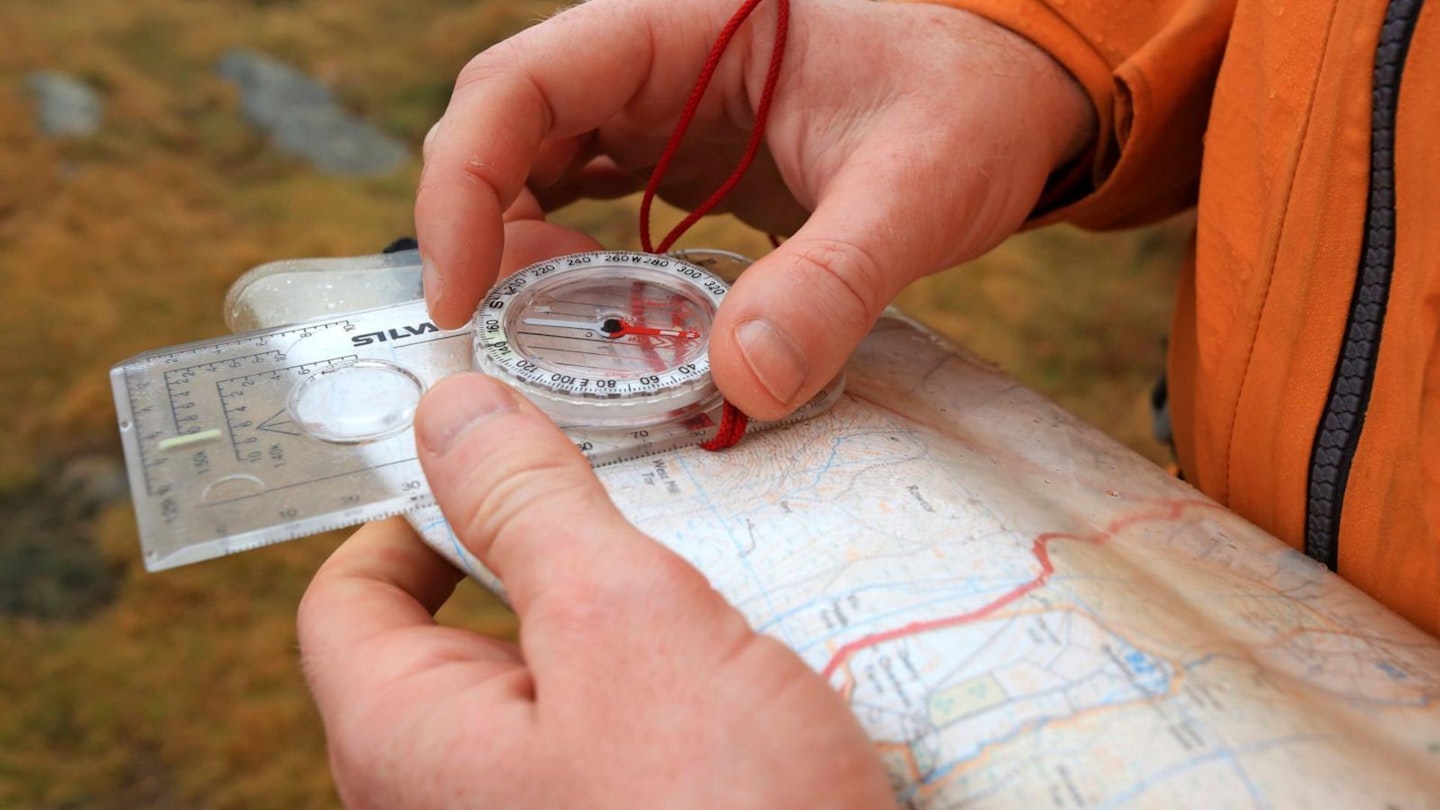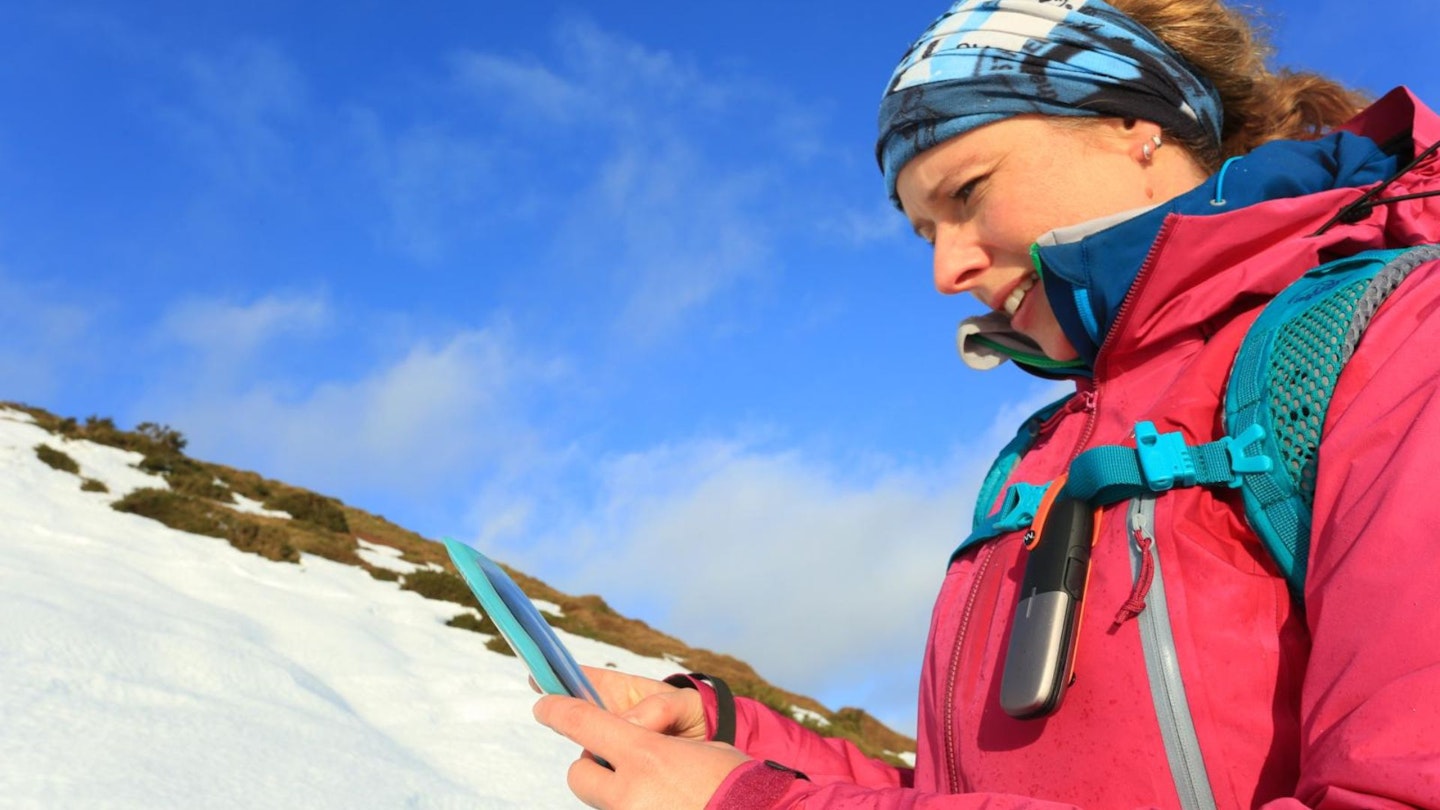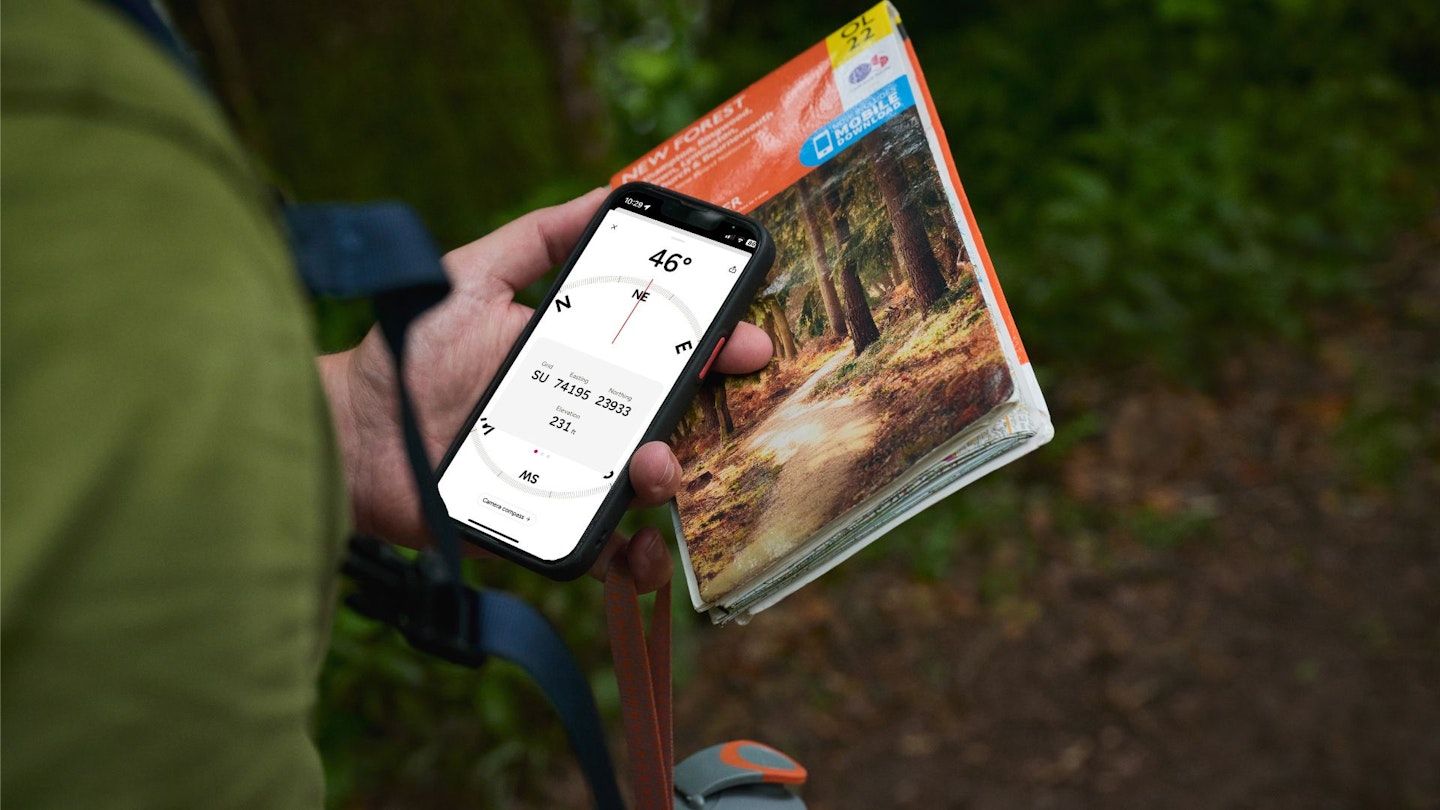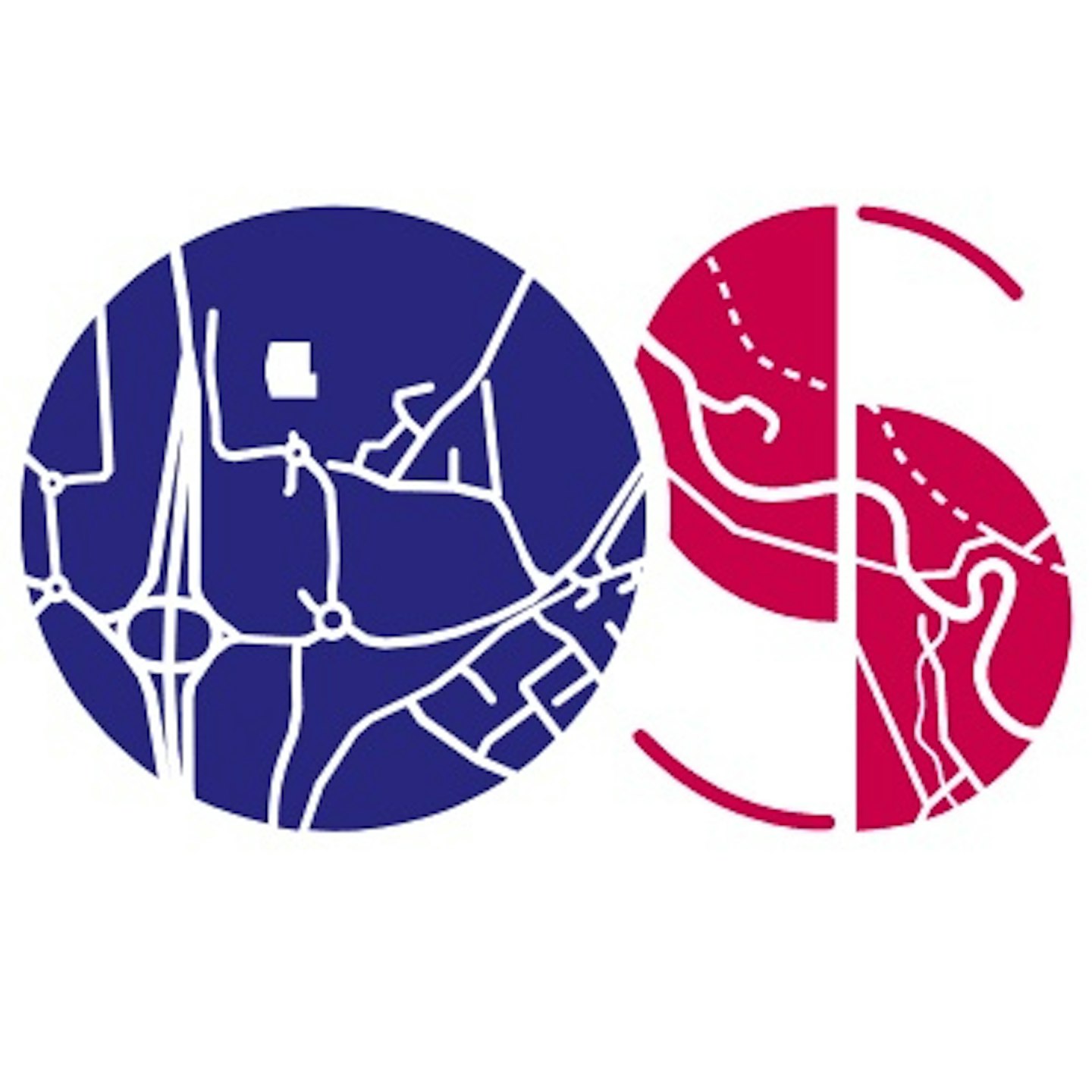Uh-oh. Things don’t look quite right. With good planning and observation, you should rarely get lost when you're out hiking.
But sometimes attention slips, cloud rolls, in and the landscape around you loses distinction. Here are 10 tips from the experts at Trail magazine and the Ordnance Survey that will help get you back on track and home safely.
1. Stop
It may be embarrassing that you don’t know where you are but swallow your pride. Relax, have a snack, get the map out. If conditions are poor, get into a shelter or bothy bag.
2. Look around
If visibility is good, look around you and identify any prominent mountain tops – even distant ones. This can help you to get a handle on both position and direction.

3. Think
Review your last movements. How long has it been since you last knew, with certainty, where you were? How fast have you been moving since then? And what’s happened? For example, have you crossed any streams or walked up or downhill?
4. Record
Write down your estimates about distance travelled, time spent travelling and any features observed on the way and discuss this with your group, pooling observations.

5. Use your compass
Take out your map and compass, and align both north. Then hold the map in position with the compass on top and circle around it, moving your body not the map. At each new position, look around and take note of any distinctive features, such as knolls, streams, fences or woodlands. See how these align with the map.
6. Explore the area
Consider moving from where you are to gather more information, but only do this in a controlled manner. Mark your position with a stick or boulder or get the group to stay put.
7. Get to high ground
If you are within easy reach of higher ground, set a bearing towards it and pace your way to a fresh vantage point. Look around, gathering all the info you can, then pace back down.

8. Gather more info
If you need more information, repeat the exercise to the cardinal points, noting especially any change in slope or elevation. Return along the reverse of the cardinal point you were walking along (eg south if you were travelling north). Always pace your way out and back.
9. Consider an emergency call
If you cannot find out where you are, phone Mountain Rescue. In many cases they will be able to identify where you are from your plan, description of your route and the terrain around you, and be able to guide you off over the phone.

10. Be sure before moving
Only move off when you're sure of your location and a safe route – whether this is continuing your journey or getting off the hill. If you’re still lost, and cannot weather the conditions or contact emergency services, you may still have to move but do so with extreme caution. Continue making observations and turn off your phone to preserve battery life only turning it on every 30-60m to check for signal.
Don't forget – you can use your phone as a tool

We're big fans of the OS Maps app, which allows you to plot and follow routes, pinpoint your position on zoomable maps, and use all of its key functions withoout phone signal. It's also the only navigation app officially recommended by Mountain Rescue – and has been made available to all 47 local volunteer teams in England and Wales.
Britain's top navigation app just got better

Locate Me, which is the Ordnance Srvey's successor to the popular OS Locate app – has recently been added into OS Maps as a free tool. This new feature is designed so users can avopid getting lost by converting someone's GPS location to automatically pinpoint the exact location they are on an Ordnance Survey map.
Locate Me – key features
-
GPS based location tracking, no mobile signal required
-
Exact location displayed with OS grid reference, latitude & longitude and elevation
-
In built compass for bearings and headings
-
Share location via messaging, email or social media
-
Digital camera compass for use with OS paper maps

